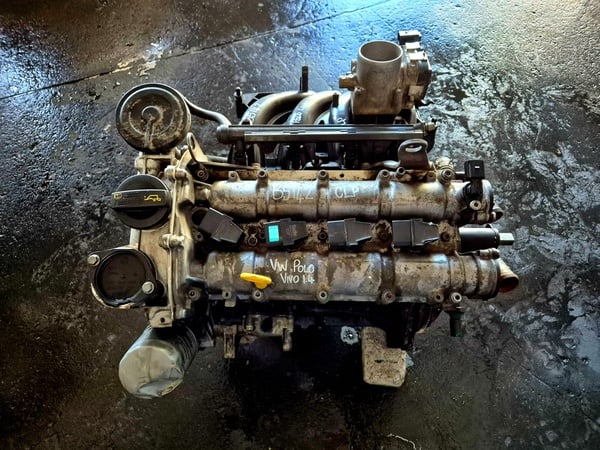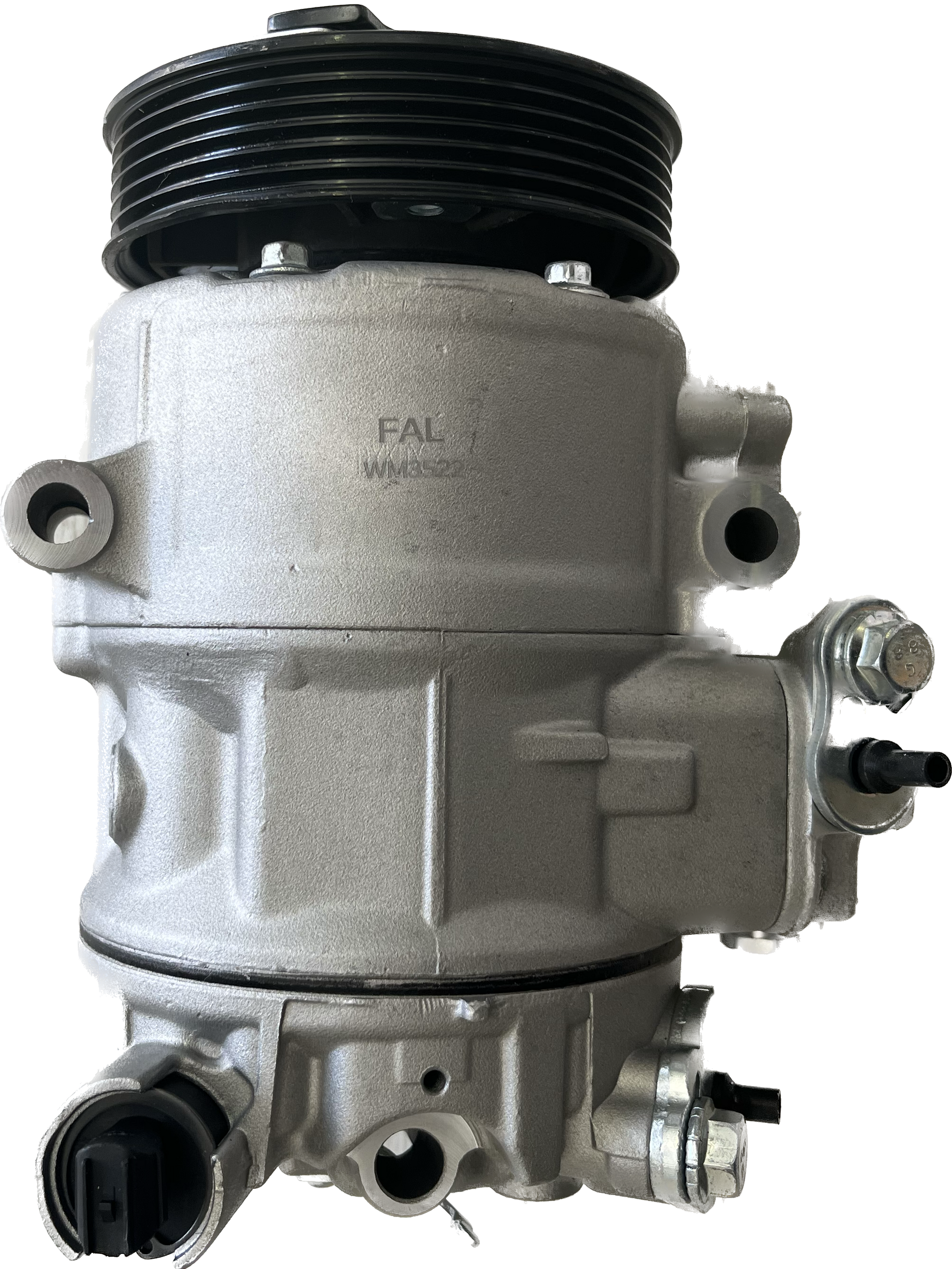Maximize productivity with a powerful clp engine.
Maximize productivity with a powerful clp engine.
Blog Article
How a Clp Engine Can Enhance Efficiency in Different Industries
The introduction of CLP engines notes a significant shift in operational performance throughout various industries, driven by their ability to maximize gas usage and lessen downtime. Industries such as production and logistics stand to get considerably from their robust design and constant power result, which promise to enhance procedures and enhance efficiency. As companies increasingly focus on sustainability along with efficiency, the function of CLP engines becomes a lot more crucial. What continues to be to be seen is just how these innovations will certainly form the future landscape of commercial operations and their influence on wider financial patterns (clp engine).
Review of CLP Engines
CLP engines, or Continuous Liquid Propellant engines, stand for a significant advancement in propulsion innovation, specifically for space applications. These engines utilize a continuous feed system that permits for the sustained expulsion of propellant, leading to boosted performance and performance contrasted to typical strong or hybrid propulsion systems. By keeping a consistent circulation of liquid propellant, CLP engines can attain extra accurate thrust control, which is essential for maneuvering spacecraft in various goal circumstances.
The style of CLP engines incorporates innovative products and ingenious gas administration systems. clp engine. This leads to lowered weight and increased reliability, necessary aspects for long-duration area missions. Moreover, the continuous operation decreases the threat of combustion instability, a common difficulty in standard rocket engines.

Advantages in Manufacturing
The manufacturing of Continual Fluid Propellant (CLP) engines presents numerous notable benefits that enhance both performance and cost-effectiveness. Among the key benefits is the structured manufacturing process, which lowers the complexity associated with typical propulsion systems. By utilizing fluid propellant, suppliers can achieve higher accuracy in engine performance, leading to enhanced energy result and reduced waste.
Furthermore, CLP engines promote a higher degree of modularity, enabling much easier combination into numerous manufacturing lines. This versatility can significantly reduce preparations and boost total functional versatility. Using CLP technology also often tends to decrease the requirement for substantial maintenance because of fewer relocating parts, which equates right into reduced downtime and functional costs.

Applications in Logistics
Leveraging Continuous Fluid Propellant (CLP) engines in logistics provides substantial advantages in functional performance and dependability. These engines supply a robust remedy for various transportation requirements, enabling the smooth movement of items across large ranges. The intrinsic style of CLP engines permits constant power output, which translates into smoother and a lot more predictable transportation schedules.
One of the vital applications of CLP engines in logistics is in durable he has a good point freight transportation, where they can drive both ground and aerial vehicles. Their capacity to preserve high efficiency under differing tons conditions makes sure that shipment timelines are fulfilled, thereby improving consumer contentment. In addition, CLP engines can be incorporated into automated logistics systems, helping with real-time monitoring and enhancing path preparation.
In addition, the sturdiness of CLP engines lowers upkeep downtime, permitting logistics business to optimize their operational capabilities. This is particularly advantageous in warehousing operations, where efficiency in taking care of and transporting products is important. As logistics remains to evolve, the integration of CLP engines stands for a forward-thinking approach that not just improves efficiency yet additionally supports the industry's growing demands for integrity and speed.
Effect on Power Performance
How do Continuous Fluid Propellant (CLP) engines enhance energy performance in transportation? CLP engines utilize a consistent circulation of liquid fuel, optimizing burning processes and keeping a steady thrust outcome. This style reduces power losses connected with traditional burning engines, where gas distribution can vary and result in ineffectiveness.
The continual operation of CLP engines enables an extra reliable thermal cycle, causing higher particular impulse compared to standard engines. clp engine. This equates to minimized fuel consumption for the same amount of job done, substantially reducing functional expenses throughout different transport sectors, consisting of air travel and maritime markets
Additionally, the capacity of CLP engines to preserve optimum efficiency under varying tons conditions decreases the demand for frequent velocity and deceleration, even more improving gas performance. Improved power effectiveness not only adds to set you back savings however likewise causes reduce greenhouse gas discharges, lining up with global sustainability goals.
Future Trends and Innovations
Emerging advancements in Continual Fluid Propellant (CLP) engine technology assurance to reinvent the landscape of transport effectiveness and sustainability. As industries pivot toward greener choices, CLP engines stand at the center, integrating innovative products and style methodologies that enhance efficiency while lessening ecological effect.
One of the most appealing fads is the fostering of hybrid systems that combine CLP engines with renewable resource resources. This synergy can enhance fuel consumption and lower discharges, visit this page aligning with global sustainability objectives. Developments in computational liquid dynamics (CFD) are promoting the layout of even more aerodynamically efficient engines, leading to lowered drag and improved fuel efficiency.
Additionally, the growth of smart surveillance systems is set to improve operational performances. These systems leverage data analytics and IoT innovation to optimize engine efficiency in real-time, guaranteeing that the engines run within their most reliable parameters.
As research study continues to check out alternative propellant click for source formulas-- such as biofuels and artificial fuels-- the future of CLP engines looks promising. By taking advantage of these innovations, markets can not only improve their effectiveness but also contribute substantially to a cleaner, a lot more lasting future in transportation.
Conclusion
In final thought, CLP engines stand for a considerable improvement in performance across several industries. Their capacity to maximize gas usage and lower functional costs, integrated with a continual feed system, enhances power outcome and functional reliability. The integration of innovative materials and fewer relocating components decreases maintenance demands, while alignment with sustainability objectives positions CLP engines as an essential innovation for the future. Continued advancement in this area assures additional enhancements in efficiency and environmental efficiency.
Report this page